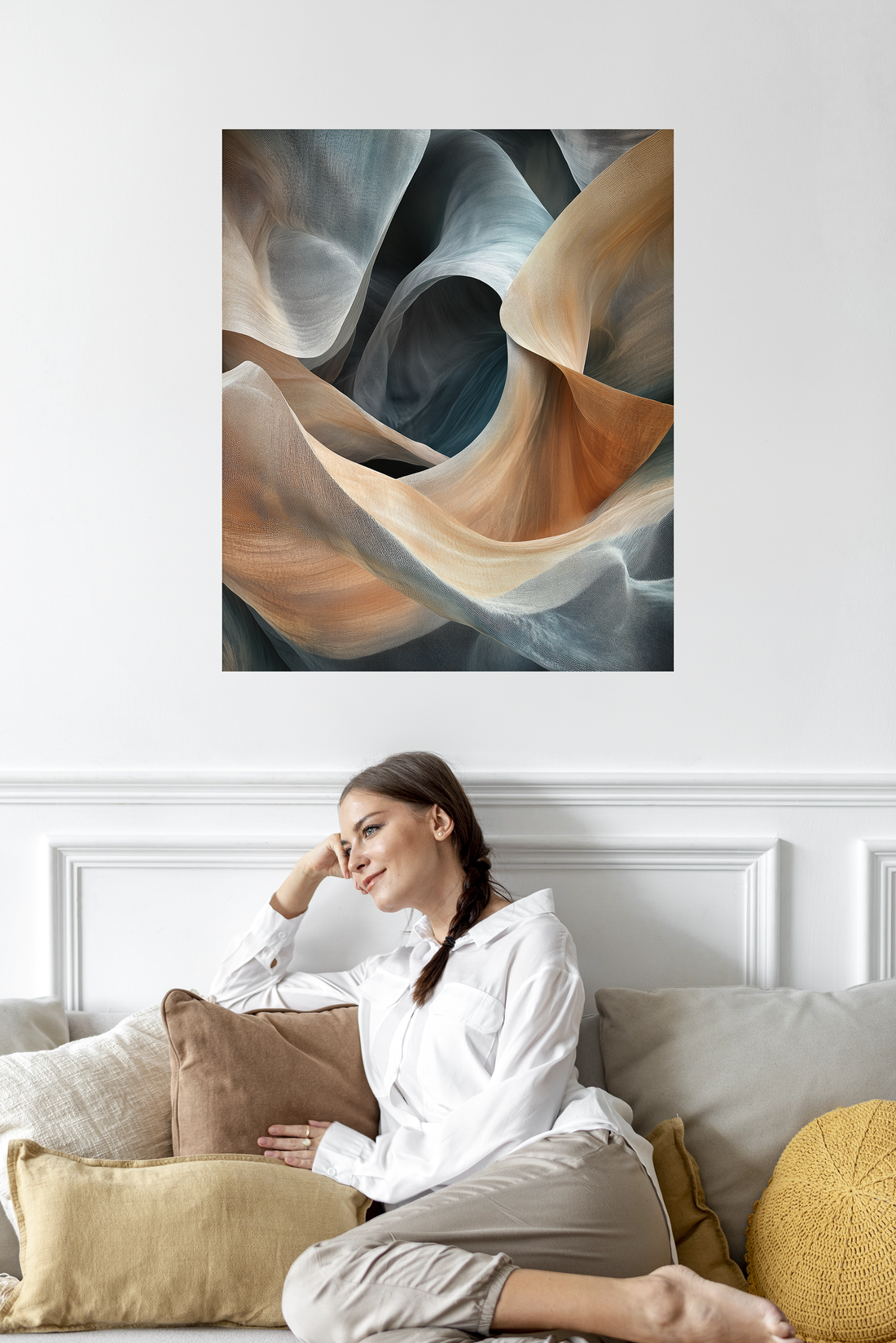
Self-adhesive wallpaper – just stick it on and you're done? The best surfaces for self-adhesive wallpaper
Share
Self-adhesive wallpaper – just put it on and you’re done?
Almost! Self-adhesive wallpapers are an ingenious invention: no paste, no mess, no tools required – simply peel, press, and you're done. But as is so often the case in life, the surface makes all the difference.
Even the best self-adhesive wallpaper can only show its strengths on the right surface .
The best surfaces for self-adhesive wallpaper:
1. Smooth, clean walls
The ideal solution! Smooth plasterboard walls, cleanly plastered surfaces, or walls painted with emulsion paint provide perfect adhesion. Important: Dust, grease, or traces of old paint must be removed beforehand.
2. Painted or coated surfaces
Doors, cupboards or smooth furniture surfaces can be wonderfully redesigned with self-adhesive wallpaper – provided they are free of grease and dry .
3. Woodchip wallpaper – depending on the structure
Fine-textured woodchip wallpaper generally works well, especially with high-quality, slightly thicker wallpaper. The coarser the texture, the greater the risk of bubbles or loose edges.
Unsuitable surfaces – better keep your hands off:
1. Damp or freshly painted walls
Moisture is the biggest enemy of adhesive. Even fresh paint needs to dry thoroughly for at least 14 days before wallpapering.
2. Open plaster surfaces or clay plaster
These are too porous or sandy, meaning the wallpaper won't stick or will peel off quickly. The only solution is priming or filling.
3. Textured wall panels or rough plaster
Uneven surfaces prevent full contact and lead to air bubbles and detachments.
4. Vinyl wallpapers or heavily textured wallpapers
There is often not enough adhesive surface here – or the adhesive can lose its effectiveness due to chemical reactions.
Recommendations for painters & DIY lovers:
Preparation is everything
The wall must be dust-free, grease-free and load-bearing .
Fill and smooth small holes or unevenness beforehand.
For old paintwork: check with a slightly damp cloth whether the paint is transferring – if so, it is better to paint over it or prime it.
Better to smooth than to trick
A smooth wall surface is always the better choice – it showcases the design perfectly and extends its durability.
TIP for rental apartments
Self-adhesive wallpapers can usually be removed without leaving any residue – but only on smooth surfaces. On woodchip wallpaper, some of the paint may be removed when removed.
Conclusion: Sticks better with brains
Self-adhesive wallpapers are incredibly simple – but only if the surface is right. Smooth, clean, and dry is the recipe for success. Those who take the time to prepare will be rewarded with a perfect result – one that lasts, impresses, and can be easily removed if necessary.
